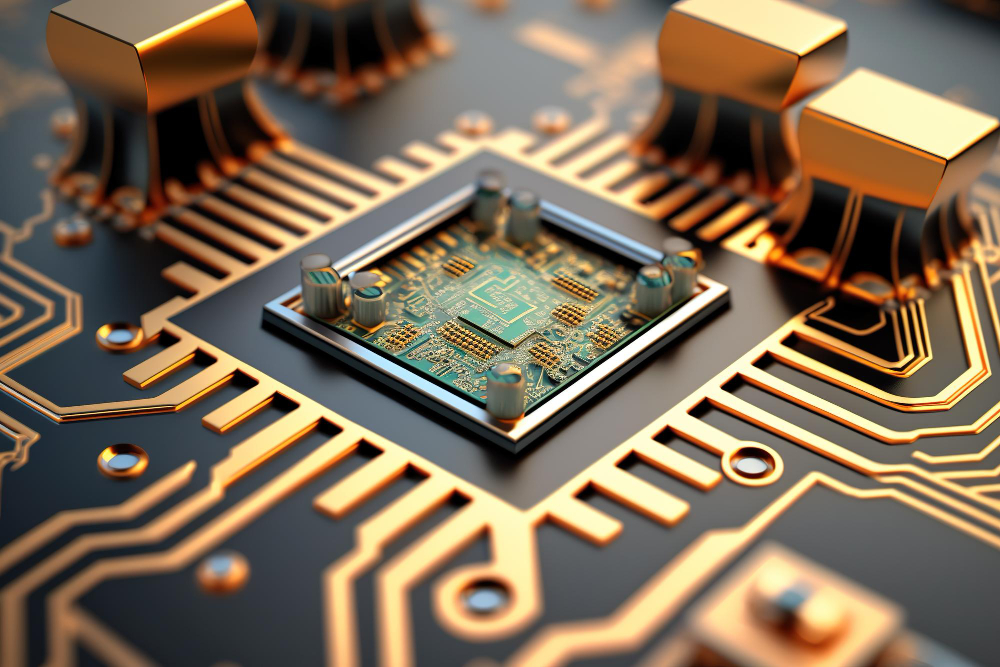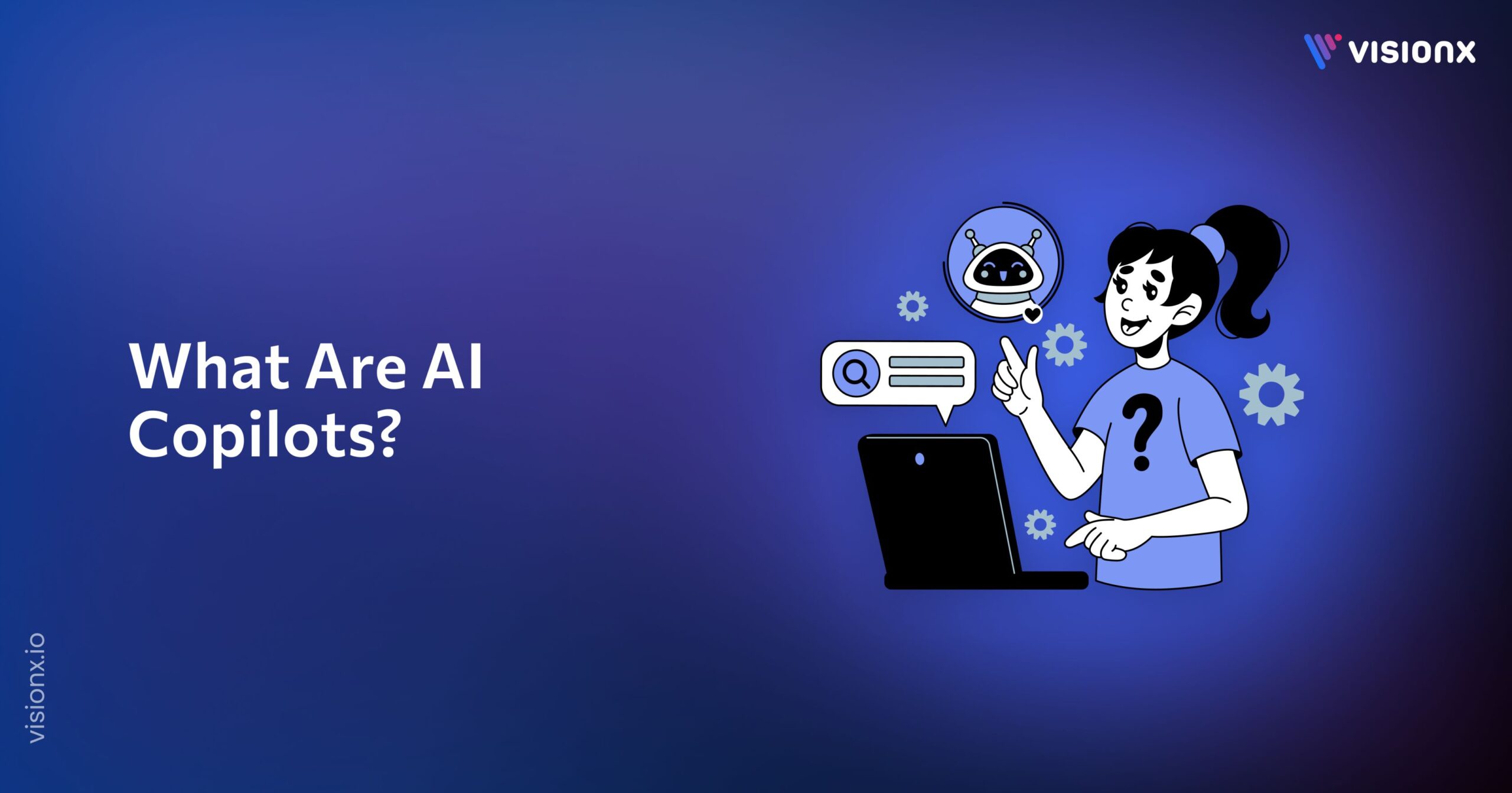Embedded software is a big part of the technology products we use daily. From our smartphones to kitchen appliances, embedded systems, and the custom software they run are crucial to product functionality. But what exactly are embedded systems, and how is developing software for them different? This guide aims to explain embedded software development for complete beginners. We’ll review key concepts, programming languages used, typical hardware, development skills needed, and more.
What Are Embedded Systems?
Embedded systems are essentially small computers designed for very specific tasks. Unlike a general-purpose PC, an embedded device usually has custom processors and memory to achieve cost, size, performance, and simplicity goals. Embedded systems have three key elements:
Hardware – This includes processors, memory, sensors, displays, communication chips, and anything else needed physically. Popular options include ARM processors, FPGAs, microcontrollers like Arduino, and custom ASIC or SoC chips.
Software – Unlike a PC running many applications, embedded software is custom-written for the specific hardware functionality. It is held in non-volatile memory, like flash storage.
Firmware – Firmware serves as the bridge between the hardware and the software. It’s a type of software that directly controls hardware functions and is essential in embedded systems. In the context of firmware vs. software, firmware operates at a lower level and is more hardware-specific, whereas software typically provides higher-level functionality and can be more easily updated or replaced.
Why Develop Custom Embedded Software?
Simply, embedded software development allows custom product functionality not possible otherwise. Some key reasons companies invest in custom embedded systems rather than off-the-shelf solutions include:
- Achieve the exact feature set needed
- Tightly optimize software to specific hardware
- Meet size, cost, and power efficiency goals
- Improve performance, real-time response
- Enable proprietary capabilities
Embedded Programming Languages
Coding for embedded software brings constraints like limited resources, real-time processing needs, and hardware integration requirements. As such, common languages include
C
Provides low-level access, efficiency, and hardware control. C is ubiquitous in embedded products.
C++
An object-oriented version of C with classes is useful for larger systems.
Assembly
Not convenient for developers, but efficiently interfaces with hardware.
Rust
A newer systems language gaining popularity for safety/security.
In addition, many embedded engineers utilize modeling environments like Matlab’s Simulink for high-level design and code generation.
Key Embedded Hardware Components
An embedded system will contain some assortment of
Processors: Microcontrollers, MCUs, MPUs, FPGAs, ASICs/SoCs
Memory types: RAM, ROM, and Flash for program storage
Interfaces: General/network communication buses like PCIe, USB
Connectivity: WiFi/Bluetooth chips, Cellular, and other wireless interfaces
Sensors: Temperature, proximity, pressure, motion, etc.
User Controls/Displays: Buttons/switches, LCDs, haptic feedback
Power Regulation Components: Chips to manage efficient power use
Developing such specialized hardware is quite different than PC programming. Let’s look at key embedded software development skills next.
Specialized Skills Needed
To develop effective embedded software, engineers should possess skills like:
Embedded software development is a unique field that blends knowledge of software engineering with an understanding of hardware. Professionals in this area need a diverse set of skills to design, develop, and implement software that interacts directly with the physical world. Here are some specialized skills needed for embedded software development:
1. Proficiency in Programming Languages
- C and C++: These are the cornerstone languages for embedded software development due to their efficiency, performance, and close-to-hardware programming capabilities.
- Assembly Language: Understanding assembly language is beneficial for tasks requiring direct hardware manipulation or for optimizing critical sections of code.
- Other Languages: Depending on the project, knowledge of additional languages like Python, Rust, or Ada might be useful.
2. Understanding of Microcontrollers and Processors
- Familiarity with various microcontrollers (MCUs) and microprocessors (MPUs), their architectures (e.g., ARM, AVR, MIPS), and how to program them is crucial. This includes knowing how to interface with peripherals, manage interrupts, and optimize power consumption.
3. Real-Time Operating Systems (RTOS)
- Knowledge of RTOS principles and experience with specific RTOS implementations are important for projects requiring real-time task management, prioritization, and execution.
4. Hardware Knowledge
- A solid understanding of electronics and hardware components (sensors, actuators, etc.) is necessary to effectively develop and troubleshoot embedded systems. This includes reading schematics, understanding signal processing, and interfacing with hardware.
5. Embedded Communication Protocols
- Proficiency in communication protocols such as SPI, I2C, UART, CAN, and Ethernet is essential for enabling devices to communicate with each other and with external networks.
6. Software Development Best Practices
- Familiarity with software design patterns, version control systems (e.g., Git), debugging techniques, and testing methodologies specific to embedded systems.
7. Power Management
- Skills in optimizing software for low power consumption are critical, especially for battery-powered devices. This includes an understanding of sleep modes and power-saving techniques of microcontrollers.
8. Security
- Knowledge of embedded security principles to protect devices from unauthorized access and ensure data integrity, especially in applications related to IoT, automotive, and healthcare.
9. Cross-Platform Development and Tools
- Experience with cross-platform development environments and tools (e.g., Keil, IAR, GCC for embedded) for writing, compiling, and debugging code across different platforms.
10. Problem-solving and Adaptability
- The ability to troubleshoot complex problems spanning software and hardware, along with a knack for learning new technologies and adapting to evolving project requirements.
11. Systems Thinking
- The capacity to understand and design complex systems, considering both the software and hardware components and how they interact within the embedded ecosystem.
In addition, understanding hardware at the electrical engineering level is highly valuable to interface it properly via software.
The Embedded Development Process
Now that we’ve covered the basics, let’s outline a typical embedded system development process from concept to production:
1. Requirements Gathering
- Define essential hardware capabilities needed
- Specify application software features/functionality
- Set benchmarks for resources like processing speed, memory, etc.
2. System Architecture
- Select the main processor and supplementary chips
- Choose appropriate sensors, interfaces, and components
- Map out a high-level software framework
3. Hardware Prototyping
- Create a prototype PCB with target electronics
- Develop modular enclosures, controls, and displays
- Test assembled hardware for functionality
4. Software Implementation
- Code low-level hardware interfaces and drivers
- Build application feature functions per the requirements
- Rigorously test software functionality on hardware
5. Validation & Verification
- Perform system qualification testing to specifications
- Validate functionality for all defined use cases
- Verify robust error handling and safety mechanisms
6. Optimization & Improvement
- Profile software to improve execution speed
- Refine hardware to reduce size, cost, and power needs
- Enhance component choice for final production
7. Production Ramp Up & Support
- Finalize firmware for production use
- Develop programming interconnects for the manufacturer
- Provide developer support and updates after release
As you can see, embedded software development intersects electronic and computer engineering to create custom, problem-specific computing systems.
Conclusion
This guide covered the basics of embedded software at a high level, including key elements like hardware, programming, and the overall development lifecycle. We examined why investing in custom-embedded systems makes sense versus using ready-made solutions. We also summarized the specialized skills software engineers require to excel in this domain.
Embedded software has enormous breadth, powering products from tiny medical sensors to million-line flight control projects. But hopefully, this breakdown makes clear what goes into engineering the responsive, reliable, efficiently performing embedded code inside everyday gadgets. Understanding a device’s embedded software will give you a deeper appreciation for the technology it enables!


